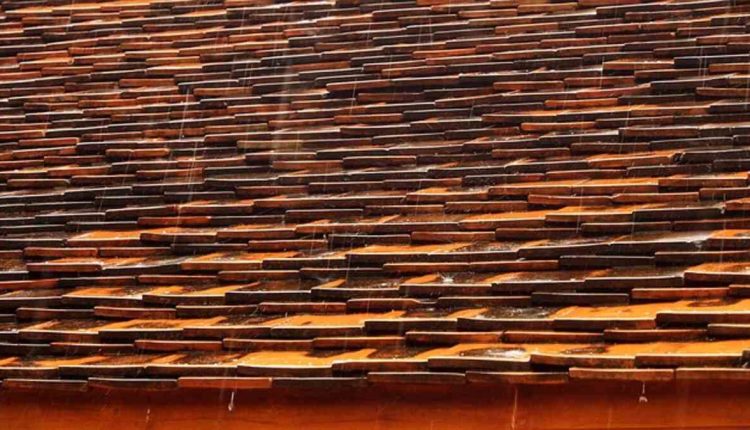It is possible for even the most seasoned roofers to underestimate the amount of roofing materials required for a given roofing project. Dishonest contractors might inflate roofing material costs. Hundreds or even thousands of dollars can be saved if you can measure your roof from the ground. This roof measurement guide can help you estimate how much roofing material you’ll need, which you can then use to evaluate the roofing price.
To quantify roofing material, we use the square.
For roofing, squares are the standard unit of measurement. This reduces the total number of variables involved. If you have a square that’s 10 feet on each side, that’s 100 square feet total. So, you wouldn’t say your house needs 2500 square feet of material; you’d say it needs 25 squares.
Taking a Global Area Measurement
• Finding the slope of the roof
Measuring the terrain
A measuring tape is the only other thing you’ll need. Having a 100-foot tape and a helper to hold one end of the tape while you measure the distance will make your job much more straightforward.
Check the overhang of your roof beginning in one corner of your home. If you can, measure directly under the overhanging part of the roof’s exterior. Take the measurements from one corner to the next as you move around the house. A rough sketch of the house’s outline will prove helpful.
The area is calculated by multiplying the dimensions of a rectangle. The typical dwelling is not a neat square or rectangle. However, they usually invariably consist of a series of rectangles. If you multiply the length and breadth of each rectangle on your sketch and add the results, you’ll get an estimate for the total perimeter of your drawing. Find out how many square feet of space you have under your roof by doing this calculation. The number of squares in your area can be calculated by dividing this by 100.
For instance, your home might be 50 feet long and 30 feet in width. To get the square footage, multiply the length (50 feet) by the width (30 feet). Consider a garage or other outbuilding that is 25 feet wide and extends out from the home at an angle of 20 feet. Similarly, if the dimensions were 20 by 25, that would be 500 square feet. 1500 + 500 = 2000 square feet when added together. We get 20 squares by dividing by 100.
Roof Slope Measurement
You’ll have to make an educated guess without a roof pitch measuring tool. To simplify matters, we’ll classify roof inclines into one of three groups and give each a separate multiplier:
A roof with a 3:12 to 5:12 pitch rises by 3 to 5 feet for every 12 feet of horizontal base length. This roofing material is typically considered walkable, which simplifies the installation process. Between 1.15 and 1.25 would be the multiplier. (More on what we do with this number later).
Steepness Medium
A roof with a pitch of 5:12 or greater can climb as high as 9 feet for every 12 feet of base horizontal length and vice versa. Because this roof is not suitable for walking on, it would be more expensive and require specialized tools and methods for installation. Between 1.25 and 1.40 would be the multiplier.
Sharp Decline
More than 9 feet of vertical rise for every 12 feet of horizontal run characterizes this class of roofs. The multiplier can be as low as 1.4 for a flat roof with no dormers or valleys and as high as 1.7 for a complex roof with multiple steep slopes. For this reason, a steep slope with several dormers and valleys can be approximated by increasing the slope by a factor of 1.5. Some roofing companies don’t have the resources to install this type of roof.
Multiplying With Its Help
Take our earlier example of a house with a base size of 2000 square feet (or 20 squares) with a garage measuring 30 feet by 50 feet. We’ll pretend the slope is a simple 4:12 with only three end walls and two valleys. Since this would be classified as having a low slope, we have settled on a standard multiplier of 1.2. Twenty squares multiplied by 1.2 equals twenty-four squares of roofing material.
You can see that the estimate you come up with will be exactly that: an estimate. If your roof is like the vast majority of roofs, you can probably estimate how much material you will need with a high degree of accuracy. With this information in hand, you can evaluate a roofing contractor’s bid with more confidence.
Ted Price is an online resource for consumers offering data on a wide range of topics. Joseph Robertson can provide you with an honest, no-obligation price for roof replacement if you live in the Central Texas area.
Read also: 6 Repair Service Tips on Your Cutting Tools.


